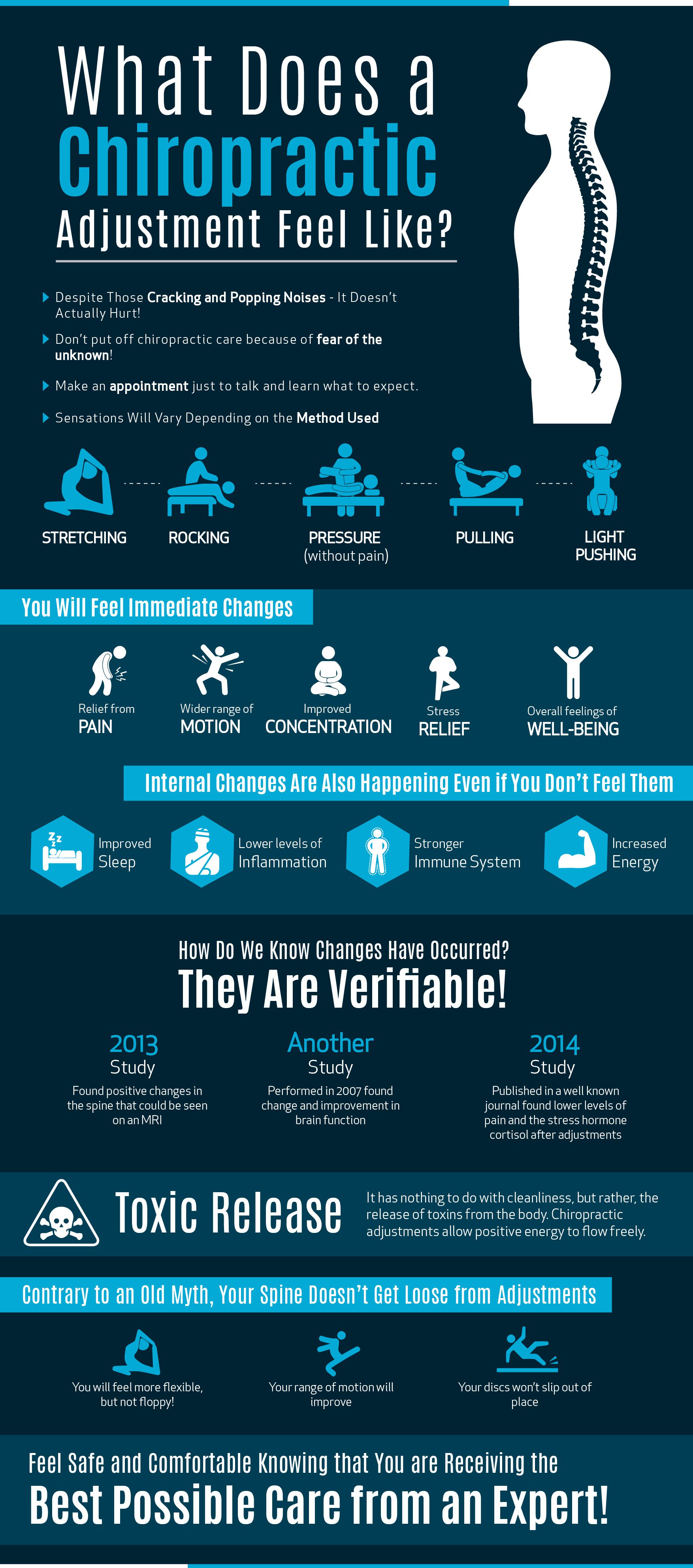As you check out the world of cold laser therapy, you'll discover a realm of possibilities for discomfort alleviation that is both intriguing and efficient. The ingenious approach of using light to address numerous ailments could just be the trick to unlocking a brand-new level of comfort and healing for you. So, why not discover how this non-invasive treatment is improving the landscape of pain administration and offering intend to those looking for natural remedies for their discomfort?
Understanding Cold Laser Therapy
To understand cold laser therapy, you must realize the essential concepts behind this non-invasive treatment approach. Cold laser treatment, likewise known as low-level laser therapy (LLLT), uses certain wavelengths of light to interact with tissue. visit this website link passes through the skin and is soaked up by cells, setting off a series of biological reactions. These responses help promote recovery, decrease inflammation, and relieve pain.
The crucial to comprehending cold laser therapy hinges on its ability to stimulate cellular function. When the light power is absorbed by cells, it boosts their metabolic rate and increases the production of ATP, the power source for cells. This increase in mobile activity can result in boosted flow, cells fixing, and discomfort relief.
Advantages of Cold Laser Therapy
Using specific wavelengths of light, cold laser therapy provides a variety of advantages for pain relief and recovery. One of the crucial benefits of cold laser treatment is its non-invasive nature. Unlike procedures, cold laser therapy does not need incisions, making it a much safer and a lot more comfy choice for many clients.
Furthermore, cold laser therapy is understood for its capability to reduce inflammation. By targeting swollen locations with focused light power, the treatment helps to decrease swelling and promote faster healing.
In please click the up coming website page , cold laser treatment is a prominent option due to its minimal side effects. Unlike some medications that can cause negative reactions, cold laser therapy is mild on the body and generally well-tolerated. This makes it a suitable choice for individuals looking for an all-natural and low-risk pain relief service.
https://www.healthline.com/health/does-laser-eye-surgery-hurt is the quick recovery time connected with cold laser treatment. Since the treatment stimulates the body's all-natural healing processes, clients typically experience fast improvements in their condition without the requirement for extended downtime.
Conditions Treated With Cold Laser
Cold laser treatment successfully deals with a selection of conditions ranging from musculoskeletal injuries to chronic discomfort. For bone and joint injuries like sprains, stress, and tendonitis, cold laser treatment can help in reducing inflammation, soothe discomfort, and promote cells repair. It's likewise useful for treating joint inflammation by minimizing joint discomfort and tightness.
Additionally, cold laser treatment can aid in speeding up the healing process for injuries and injuries by improving blood circulation and advertising cell regeneration.
Chronic discomfort conditions such as fibromyalgia, neuropathy, and reduced back pain can also be efficiently taken care of with cold laser treatment. The treatment works by targeting the resource of pain and causing a biochemical waterfall that minimizes pain sensitivity and inflammation.
Furthermore, problems like repetitive strain injury, TMJ conditions, and plantar fasciitis can take advantage of the pain-relieving and anti-inflammatory effects of cold laser therapy.
Verdict
To conclude, cold laser treatment is a safe, effective, and non-invasive treatment option for pain alleviation.
With its capability to promote healing, decrease inflammation, and reduce pain, this ingenious therapy offers an all-natural and low-risk alternative to surgical procedures.
Whether you're handling chronic pain, sports injuries, or arthritis, cold laser therapy can provide alleviation and boost your quality of life without the requirement for intrusive interventions.
